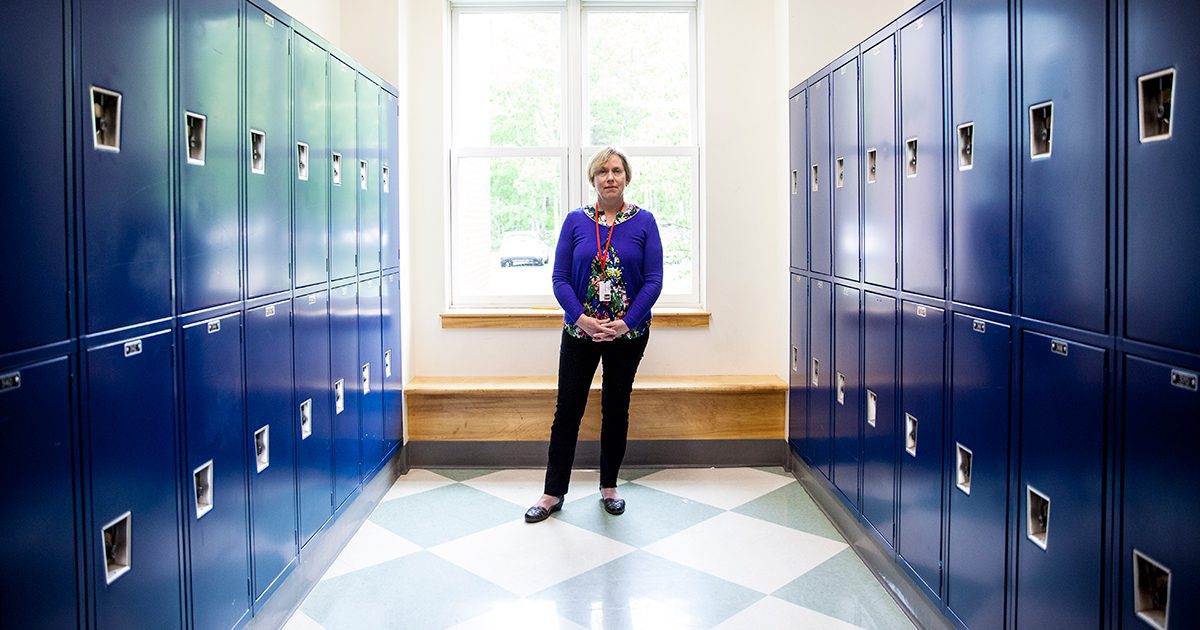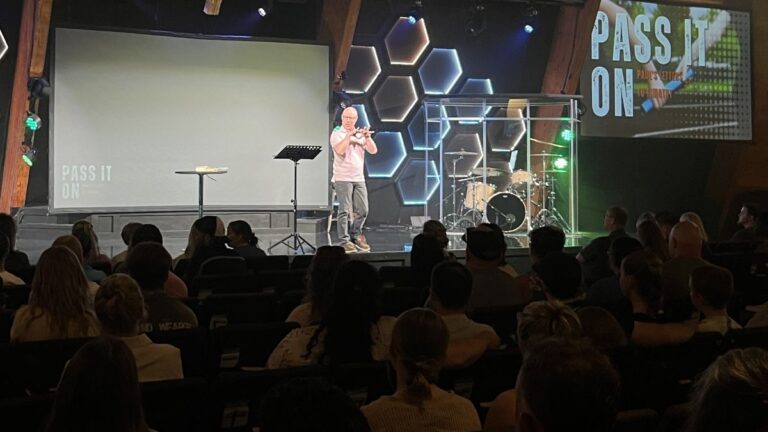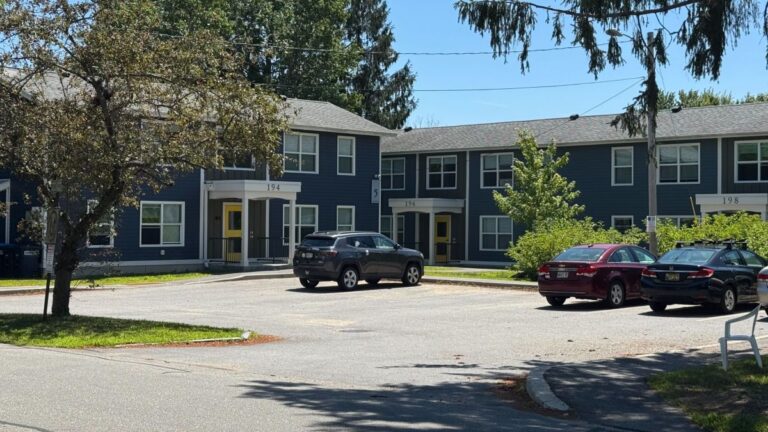From coughs and colds to diabetes management to emotional breakdowns, school nurses see it all. And in a largely rural state like Maine, where access to healthcare providers and services often is problematic, they’re frequently the first medical professionals students see.
School nurses play an especially pivotal role for transgender and gender nonconforming (TGNC) students, who, along with gay, lesbian and bisexual students, have higher rates of depression, anxiety, suicide, substance abuse, poor academic performance and self-harming behaviors than do cisgender (identifying with the sex they were assigned at birth) and heterosexual peers.
Though these students generally are less likely to seek and receive physical and mental health care than cisgender peers, they more frequently visit the school nurse’s office, says a study by the University of Minnesota, released in the journal Pediatrics in February 2018.
The university’s researchers concluded that school nurses “are uniquely positioned to promote, educate, and advocate for optimal health for students who are TGNC.”
But with many school nurses stretched thin by tight budgets, meeting the needs of these students is challenging.
Understanding TGNC students
The Minnesota researchers used data from the 2016 Minnesota Student Survey, which included nearly 81,000 9th and 11th graders, of which about 3 percent identified at TGNC (about 2,430).
LGBTQ and gender nonconforming youth don’t have higher rates of mental health issues because of their sexual orientation or gender identification, points out Dr. Tonya Katcher, a pediatrician in the adolescent clinic of the Children’s National Health System in Washington, D.C., and a clinical services program manager for Advocates for Youth, a national nonprofit promoting sexuality education.
“They have them because they live in a society and culture that’s threatening to them,” Katcher says. “Anybody who lived in a place that was threatening to them would have a higher rate of those kinds of mental health concerns.”
National and international research, including from the Centers for Disease Control and Prevention (CDC) and the Institute of Medicine, indicates that the higher rates of mental health issues for LGBTQ and gender nonconforming youth are in part due to lack of parental/caregiver and community support, social isolation, discrimination, and frequently, violence or the threat of violence.
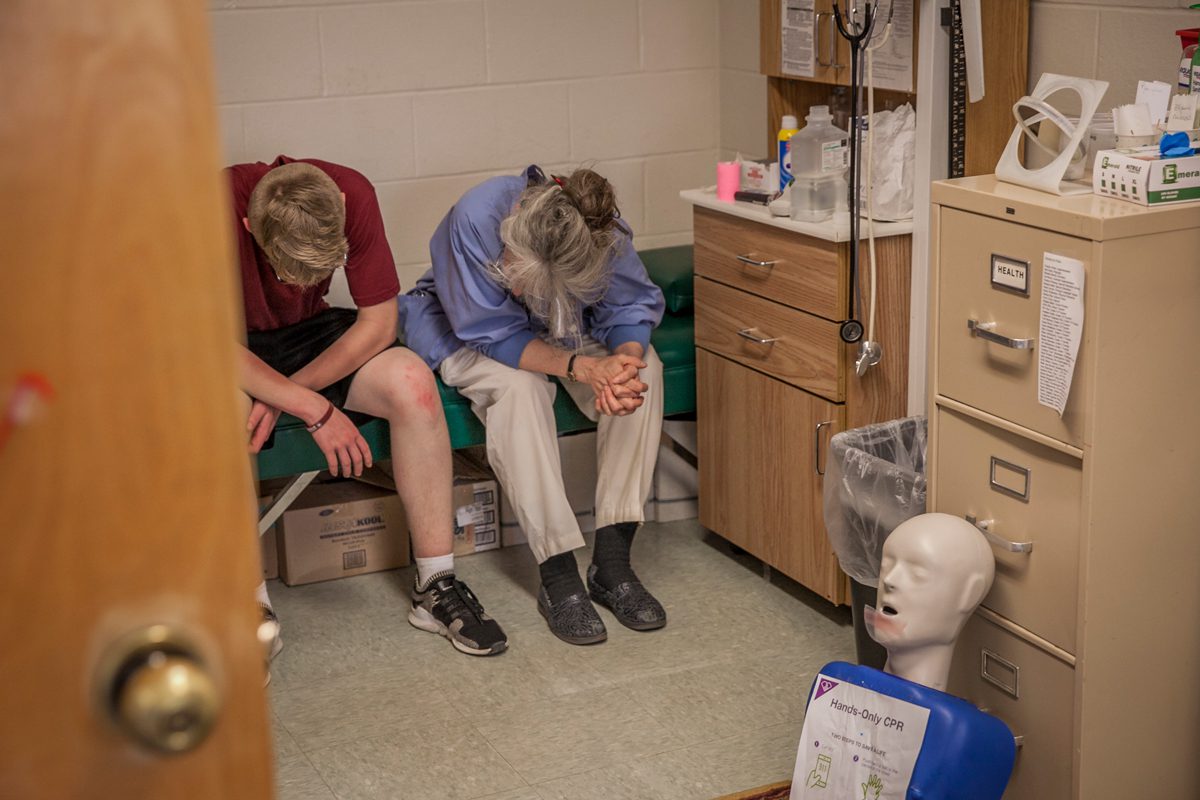
Exposure to physical, emotional and sexual violence are among the adverse childhood experiences (ACES) that the CDC and Kaiser Permanente identified as leading causes of many short- and long-term health issues, such as depression and other mental illness, toxic stress that damages the developing brain, heart disease, and substance abuse.
While it’s impossible to fully gauge the sociological and economic costs of these impacts, they’re not insignificant:
Estimates from the National Institutes of Health’s National Institute on Drug Abuse are that substance abuse alone costs the country more than $740 billion yearly in lost work productivity, crime-related activity, and medical and mental health service expenditures.
And the CDC-Kaiser Permanente ACES study concluded that if individuals had six or more adverse childhood experiences, they were at risk of a lifespan reduction of 20 years.
Anybody who lived in a place that was threatening to them would have a higher rate of those kinds of mental health concerns.”
— Dr. Tonya Katcher, a pediatrician in the adolescent clinic of the Children’s National Health System
Being TGNC in Maine
The 2017 Maine Integrated Youth Health Survey (MIYHS) found that 25 percent of transgender students experienced physical, emotional and sexual violence compared to their cisgender peers.
The biennial MIYHS – a collaborative project of the state’s Department of Education and Department of Health and Human Services – assesses health and health-related behaviors and attitudes of students in grades 5 through 12 by surveying these students directly. Participation is voluntary.
More than 61,000 students from over 300 schools participated in the most recent survey. For the first time, surveyed high school students were asked about gender identification. Previous surveys asked only about sexual orientation (lesbian, gay, bisexual).
According to the 2017 MIYHS, 1.5 percent of Maine high school students (more than 800 students) identify as transgender – defined as identifying with a gender other than the one assigned at birth. And 1.6 percent of students said they weren’t sure of their gender identification.
According to the state in the survey results:
• The health risks for both those identifying as transgender and those who were unsure are similar.
• LGBTQ and gender nonconforming students reported significantly higher rates of bullying at school (37 percent vs. 20 percent for non-LGBT students) and were twice as likely to report feeling unsafe at school.
• More than 50 percent of transgender students had seriously considered suicide in the previous year and more than 70 percent said they were depressed. That’s compared to their cisgender peers at 14 percent and 26 percent, respectively.
• Transgender students are four times more likely to misuse prescription drugs, 1.5 times more likely to drink alcohol and three times more likely to smoke than their cisgender peers.
• And transgender students and those who are not sure of their gender are twice as likely as their cisgender peers to have experienced violence or the threat of violence at home to such a degree that they wanted to leave home.
Serving students with complex needs
While TGNC students are struggling with effects of their gender identity, they’re also going through the typical developmental stage of adolescence: figuring out who they are as individuals and how and where they fit into peer groups; becoming more independent from parents or caregivers; navigating peer pressure and family and community dynamics; and dealing with the roller coaster ride of puberty hormones and adjusting to changing bodies.
“It’s an extremely complex and challenging developmental stage, and then when there is a question of gender identity on top of it, it can just be really tricky,” says Dr. Laura Edwards-Leeper, an Oregon-based, licensed clinical psychologist who works with gender diverse and transgender children, adolescents and adults.
It’s challenging for providers to tease apart all the various things that are going on with these young people, she says, and to figure out what a child really needs and how to set a pace that’s the safest possible – particularly if irreversible medical interventions are being considered.
It’s an extremely complex and challenging developmental stage, and then when there is a question of gender identity on top of it, it can just be really tricky.”
— Dr. Laura Edwards-Leeper, a licensed clinical psychologist who works with gender diverse and transgender children
Getting appropriate care – for physical and mental health – can be challenging for those not living near gender clinics, and especially for those who live in rural places like Maine, where access to providers trained in the medical or mental health care of TGNC youth is often nonexistent, she says.
“It’s gotten really difficult because the demand is just exceeding the supply of providers that are available and are well trained to do the work,” Edwards-Leeper says. “So, what’s happening is a lot of youth are not being properly evaluated or are being seen by people who really don’t have experience, and that’s not good, either.”
Maine has one specialty medical facility dedicated to providing medical and mental health services for TGNC youth – the Gender Clinic at the Barbara Bush Children’s Hospital in Portland. Its services are in such demand that patients experience long wait times, which clinic officials say they’re working to address.
With such limited specialty access in Maine – and the difficulty of even accessing primary care in some areas of the state – it’s easy to understand why school nurses – known for going far beyond their job descriptions to support students – are first-line resources. These nurses are who many TGNC students seek out, even if they’re not specially trained to help.
Like many other school nurses, Janis Hogan, the only nurse at Camden Hills Regional High School, responsible for about 700 students, sought out training to help the TGNC population. Hogan notes that the Maine Department of Education orientation for new nurses at the start of each school year does not include comprehensive LGBTQ education. It’s up to school nurses to seek such training on their own, she says.
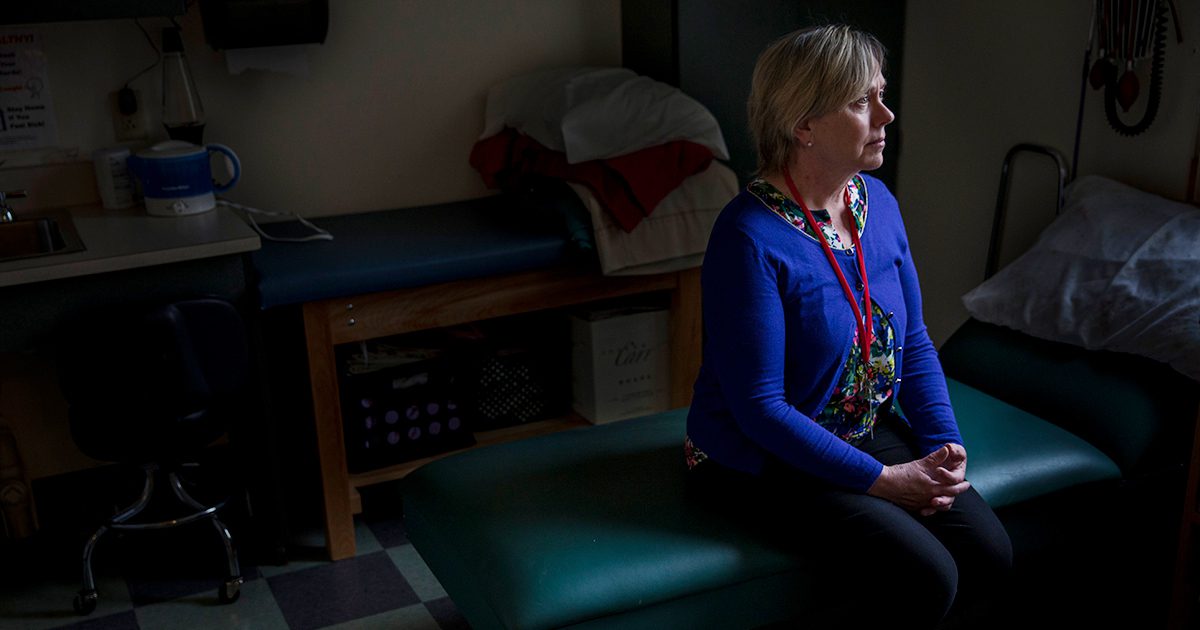
Hogan, a nurse for more than 30 years — nearly 20 in a school setting — has gotten training through Maine Family Planning, an Augusta-based nonprofit that advocates for and provides reproductive healthcare and sex education. It’s been invaluable for better understanding the struggles of TGNC students and how she can be sensitive to and supportive of them, she says.
“Often kids come in here (to the nurse’s office) and they’re falling apart,” Hogan says, noting a freshman girl who came into her office with an extreme anxiety attack. The student was questioning her gender identity and was so distraught that it was at crisis level. “You only have minutes when somebody comes in like that, and to have them open up to you and then to do something to make a difference right away for them.”
Hogan contacted a counselor and the student’s mother. The girl was able to get a doctor’s appointment that afternoon, which meant an immediate connection between the family and medical professionals, which doesn’t always happen for a variety of reasons, including family dynamics, communication issues between all parties, and healthcare system navigation challenges. The student is now in the process of transitioning.
“Early intervention is always best,” Hogan says. “If you can address it early with counseling to help kids get through whatever issues they need to go through and be able to do that in a safe environment and support them here at school, that’s the ideal. That’s what we shoot for.”
Early intervention is always best. If you can address it early with counseling to help kids get through whatever issues they need to go through and be able to do that in a safe environment and support them here at school, that’s the ideal. That’s what we shoot for.”
— Janis Hogan, Camden Hills Regional High School school nurse
That ideal may be easier to reach at her school, she says, because Camden Hills High is in a region of the state that’s economically more advantaged so the school district can put more resources into appropriate support. For example, in addition to having a full-time nurse on staff, the school employs a psychologist — a rarity in Maine’s school systems.
Hogan says not only does she make more money working at the high school than when she worked for what was MSAD 56 (Searsport, Stockton and Frankfort), she can be more proactive, which increases the chances of early intervention. Previously the only school nurse for 850 students at five schools in MSAD 56, “All I did was put out fires,” she says. “(There was) hardly ever any opportunity for proactive stuff.”
For most school nurses, however, spending most time putting out fires is the norm. Many budgets don’t allow for full-time nurses in every school in a district, so one nurse splits time between multiple schools, leaving students without crucial access to in-school healthcare services.
When Hogan was the only nurse for five schools, she says meeting the health and mental health needs of students often fell to non-medical school personnel when she wasn’t on-site.
School nurse Maxine Pare can relate to the laments about Hogan’s previous job. She splits her full-time job between three elementary schools in RSU 19 (Corinna, Dixmont, Etna, Hartland, Newport, Palmyra, Plymouth and St. Albans) and also sought training on her own to help TGNC students.
“If I’m not in the school,” Pare says, “who do you think sees all the cuts, the bruises, the bangs on the head, the pokes in the eye and who gives meds? Secretaries. God bless them.”
If school nurses, on the whole, don’t have enough (or any) LGBTQ and gender nonconforming training, secretaries – who generally lack medical training – certainly don’t either, Pare notes.
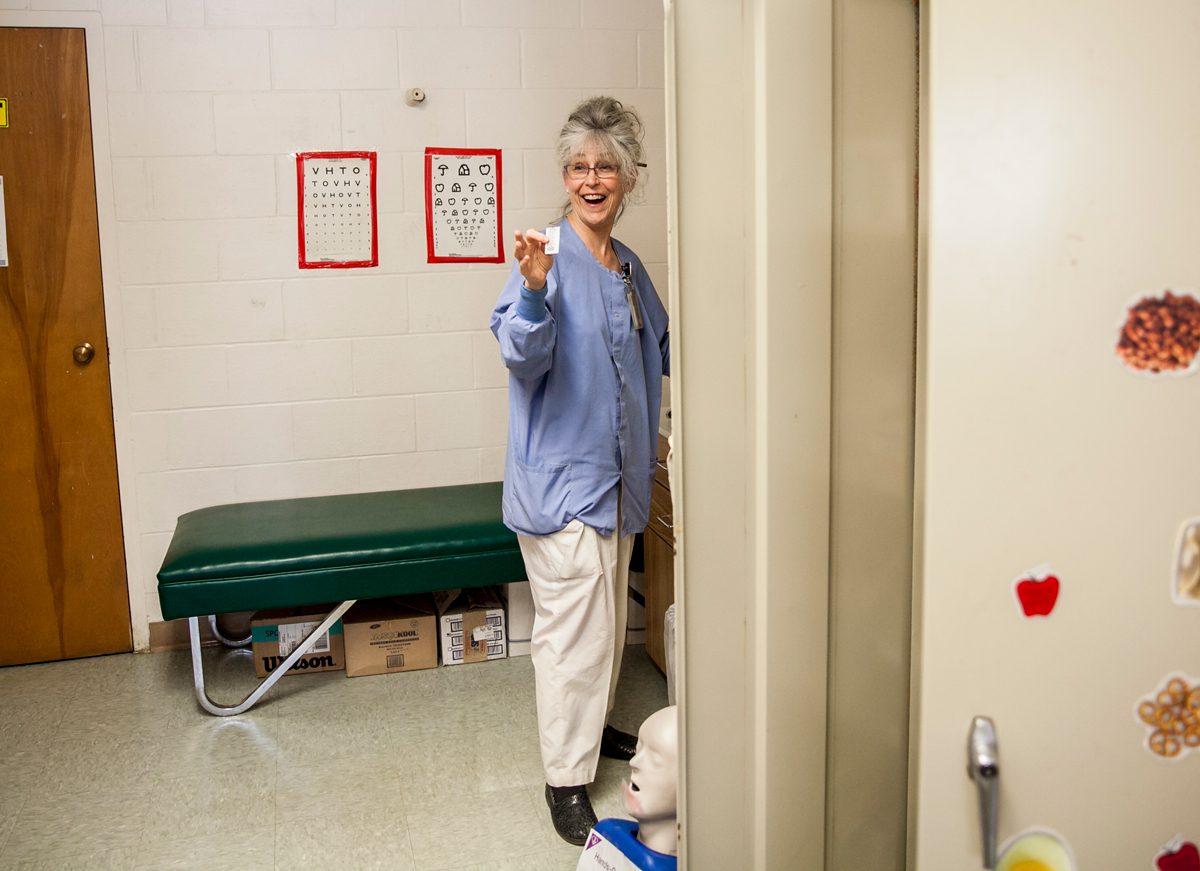
The lack of requirements for school nurses to be trained in handling and assessing TGNC youth is concerning to LGBTQ advocates who work with youth across the state.
“(School nurses) who are under-resourced and undereducated about this stuff are doing the best darn job they can, but what is needed for these youth is so over the top that it’s not reasonable to expect nurses to be able to meet the need,” says Jeanne Dooley, executive director of OUT Maine, a Rockland-based nonprofit providing statewide support to LGBTQ students and training to schools and medical and mental health providers.
While many schools don’t have the resources to provide comprehensive training for their nurses, free training resources from national organizations are available online, and local organizations, like Maine Family Planning, OUT Maine, and EqualityMaine, sometimes offer free or reduced-cost training when grant funding is available.
It’s important to remember that whether school nurses have LGBTQ-specific training or not, they’re in a position to address the mental and physical health needs of those students because of being in TGNC students’ daily lives, says pediatrician Tonya Katcher. And because of that, it behooves communities to provide appropriate resources to their schools, she says.
“I think a young person who’s potentially feeling trapped or they can’t tell their parents or they can’t get a health need met because they are trying to keep something about themselves secret could potentially access care though their school and maintain that privacy,” Katcher says. “I just want to underscore how important that is and what an opportunity that is for school health personnel to meet an important need for that young person.”
…
LGBTQ Youth Resources
The Trevor Project: A national organization providing crisis intervention and suicide prevention services to LGBTQ youth and training modules for those who work with them.
GLSEN: An education organization working to create safe and inclusive K-12 schools for LGBTQ youth.
The Safe Zone Project: A free online resource providing curricula, activities, and other resources for working with LGBTQ youth.


